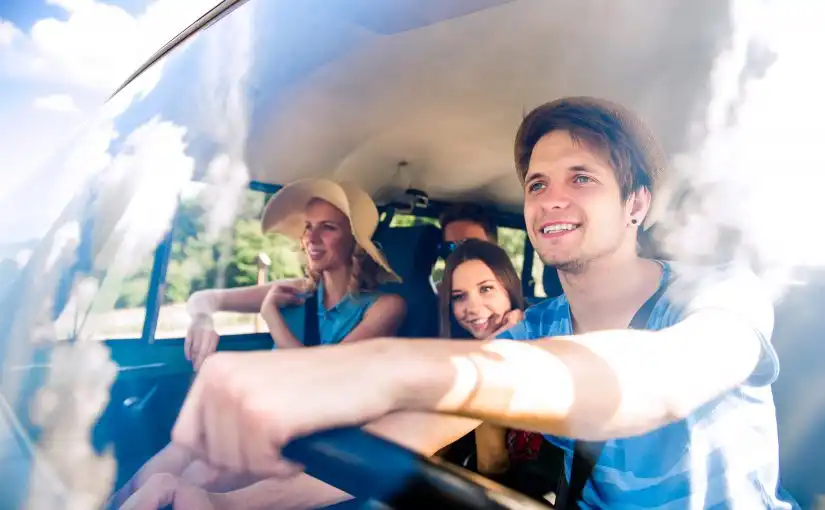Faster Than A Mozzie, Cheaper Than A Jet Plane: Powered Paragliders Take To Aussie Skies
Great leaps in safety and comfort have been made in recent years for those taking to the sky in a powered paraglider or a powered parachute. So we’re seeing an increasing number of powered paragliders across the country, flying over beachgoers, farmers, hikers and sports fans.
While the All Blacks and the Wallabies battle it out on the ground, powered paragliding teams from Australia and New Zealand are regularly competing in tournaments, with victors going on to the World Championships in the USA.
Just last month Australian Chris Atkinson took first place in the Aussie / Kiwi face-off, with compatriot Tom Lynch landing second and David Dennis from New Zealand third. It might not be as riveting for spectators as watching rugby, but the participants generally report they got hooked on their first flight.
Who Straps An Engine To Their Back To Go Flying?
A powered paraglider requires a cage mounted on the glider’s back, similar to a backpack system. The cage contains the engine and propeller. The engine can be either fuel or electrically powered. Unlike an unpowered glider, these gliders can take off from the flat, rather than jumping off a hill, or can be towed to climb into the air. Once flying you squeeze the throttle to climb and release it to glide back down.
The paragliders are easy to steer, as one simply pulls the right or left brake to go in the respective direction, and then you pull both brakes about three metres above the ground to stop, running until it slows and stops for a gentle landing. In Australia CASA, the organisation responsible for air traffic, restricts flights to a height of 1500 metres.
The growing number of powered paraglider enthusiasts matches the increase in availability of safety equipment in Australia, so we have put together what you’re likely to need, but of course you should check the experts when making any decision.
What Do I Need To Start Get Started In A Powered Paraglider?
For safety we’ve gone for the higher end equipment. You’ll be looking at an outlay of about $10,000 (and you know who to call for a loan for a paraglider!). This includes a four stroke engine, a Rhino Cage with two rings fitting up to a 137cm propeller, a 2 piece 122cm composite propeller, a 12 litre fuel tank and fittings, and the all important 27 sqm Reflex Glider for flyers weighing up to 120kg. You’ll also need a vehicle to carry the glider and that’s generally a tandem quad with 49cm fat beach tyres, rims, metal stub axles and fibre glass excels, with a fuel tank bracket and a 8.3 litre fuel tank. The paragliders use a 50:1 Fuel/Oil ratio. You’ll also need an extra set of 49cm fat beach tyres and fibreglass axles.
In addition you’ll need a glider carry bag, flight suit, harness, wind sock on the ground, a tool kit, engine manual propeller covers, a repair kit and a fuel and oil mixing bottle. It’s also recommended you have extra blades, water rescue equipment, and a foot launch reserve chute which requires a bracket. The basic kit, if you’re of average weight is about $5000 without the vehicle and top quality products, but you’ll be relying on others for transport if you’re going to hard to access areas. This is heavy equipment to carry.
When & Where To Fly
Most people fly early in the morning and in the evening in winds up to 16kph in the country, but can fly all day above the beach as the winds tend to be more stable and predictable.
It is certainly not recommended that you just go out and buy one, set yourself up and take off. There are groups across the country that welcome new members and provide training, especially in safety and will also advise you on what equipment to buy. But is it safe? The paragliders claim it’s safer than flying in airplanes as you already have the parachute attached!
Image credit: © Nevit Dilmen via Wikimedia Commons





